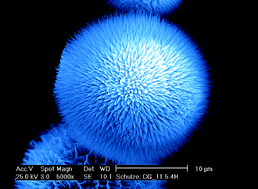Phase formation and morphology of calcium phosphate–gelatine-composites grown by double diffusion technique: the influence of fluoride
Abstract

- This article is part of the themed collection: New developments in bio-related materials

 Please wait while we load your content...
Please wait while we load your content...